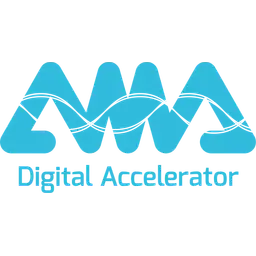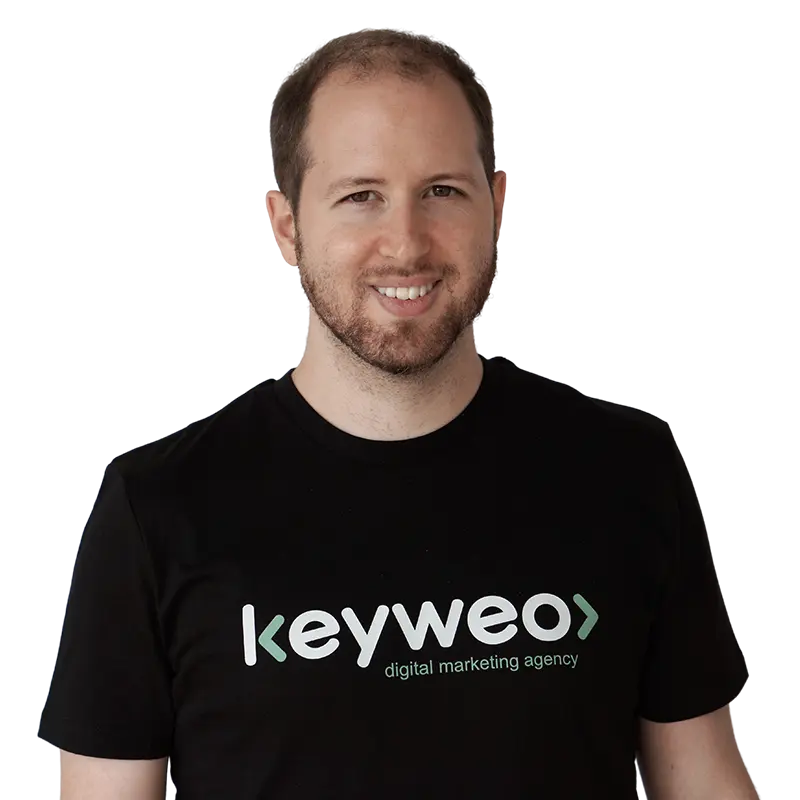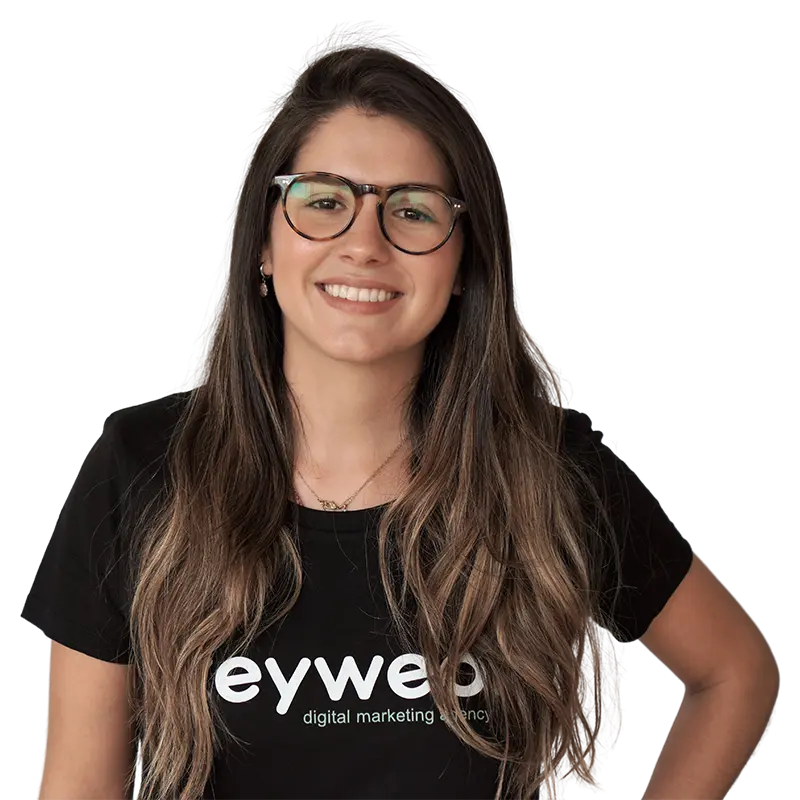Search Engine Optimization (SEO) is used to influence a website’s hierarchical position on search engine results pages (SERP’s) by applying digital marketing strategies to direct and increase traffic flow. This targeted approach is composed of three interdependent components: a technical framework, link building, and content curation. Ultimately, each pillar speaks to SEO’s reputation as the most effective digital marketing strategy.
Technical Framework
In order for a website to be search optimized, it must first be structurally optimized. This is the foundation of any digital platform. Thus, one must consider several factors, including but not limited to:
-
-
- Code source quality
- Applied Microdata
- UX and UI Design
- Security
-
These factors are crucial to securing visibility and accessibility – particularly if a business is heavily – if not entirely – digital (i.e. online store etc.). To identify the strengths and weaknesses of these factors, a technical SEO audit is initiated. The results of which anticipate the outcome of search engine indexation. Indexation is the process by which search engines identify and analyze the relevance of a site’s content. If a site is not properly indexed, any optimization efforts will be severely limited.
Tip: Use HTTPS – a more secure version of HTTP
Tip: use a “site:” search to check if your site has been indexed
Overall, a good technical framework not only serves to satisfy user experience (e.g. loading speed and smartphone compatibility), but provides the foundation to further optimize the site using link building and content curation strategies. Ultimately, anyone should be able to navigate your site intuitively.
Tips for fast loading speed:
-
-
- Compress images
- Implement content distribution networks
- simplify HTML, CSS, and JavaScript files
-
Important: If your user base is international and/or multilingual, it is important to translate your website. To do so, use Hreflang – an HTML attribute that can adapt linguistically and geographically.
Note: A Domain Name is like a brand, its popularity (or SEO) improves with time.
Link Building
Link building is the aggregate of one-way hyperlinks, or backlinks directing users from one site to another instantaneously – cumulatively improving a site’s SEO. Search engines use these links to “crawl”, drawing connections between sites, content, and context. The more connections that are identified, the more ‘relevant’ or ‘valuable’ a site is deemed. But quantity alone is not enough to increase traffic flow, one should consider:
-
-
- The popularity of referring domains
- The authority of referring domains
- The user base of referring domains
- The number of links referred by said domain
- The context of reference (e.g. subject, tone)
- The backlink placement (e.g. visibility)
-
Effective Links
While there are many kinds of links, anchor text and Dofollow links are ideal. Anchor text links are contextually integrated in a body of text and will thereby attract relevant traffic flow. Dofollow links contribute to SEO page ranking when ‘crawled’ upon during search engine indexation. That said, both Dofollow and Nofollow links guide traffic to your site, contributing to overall site exposure and increased traffic flow. Notably, there are two subcategories of Nofollow links: rel=“UGC” for user-generated links, and rel=“sponsored” for sponsored or advertised links.
How to Grow Your Link Network
Backlinks not only circumvent manual searches altogether, but increase the site’s position on SERP’s if and when manually searched. A large link network is considered a form of reputable credibility, or off-site authority, reflecting experience, expertise, and influence in a particular subject, location, or sector. There are four strategies to build a link network:
-
-
- Manually add links to relevant websites
- Reach out and connect with websites owners/managers
- Earn link placements intrinsically through quality content
-
Note: while search engines discourage the use of purchasing link placements/endorsements, it is a common practice (e.g. SEA and Social Ads)
To “earn” a strong network of backlinks, ensure that your site content is original, relevant, and viable. The best way to organically grow your link network is to maximize linkable content, commonly known as “linkbait”. Linkbait can be produced through an array of pages and features, such as:
-
-
- Blogs
- Guides
- Infographics
- Case studies & research
- Images
- Videos
-
Social media for Link Building
One can also personify their online profile by using social media to share and promote their brand, business, and team – directly and indirectly communicating with their target demographic. In other words, not only can social media be used to create an approachable profile and following, but a direct line of communication with potential customers, partners, and employees. That said, make sure to create social-media specific content, varied by platform.
Tip: Grow and diversify your social media presence
Ask Yourself
What social media platforms are most popular among my target demographic?
What social media platforms are best suited for link building?
Is a newsletter conducive with my following?
Content Curation
Identify Relevant Keywords
To maintain consistent relevance, it is important to regularly update and curate content using keywords (i.e. words frequently used on search engines). Keyword studies and databases are used to identify the most effective keywords, and shape the direction of content. These databases particularly seek to identify associated descriptive words that can be combined into phrases, known as long-tail keywords (as opposed to singular, or short-tail keywords). There are different keyword categories that delineate motive:
-
-
- Informative (e.g. question/general information)
- Commercial (e.g. Search for product or service)
- Transactional (e.g. complete action or purchase)
- Basic Navigation (search for specific site/page)
-
Keyword Difficulty (KD)
These categories are taken into account when applying keywords, particularly long tail keywords, that are directly and indirectly addressed in site content. Notably, one should be aware of keyword difficulty (KD), a metric of the efficacy of a keyword as it pertains to site ranking. Meaning, if a word is too frequently searched, it would require a long time and large budget to improve your SEO standing. Depending on your fiscal and time budget, keywords with lower calculated difficulty can be better suited for search engine optimization. However, stray too low on the KD scale, and you will face similar challenges of an overused word. With the right SEO strategy, low KD terms can cumulatively contribute to site optimization over time. Overall, it’s commonly advisable to use a variety of keywords with differing difficulty.
Tip: Avoid under- and overused keywords (i.e. check KD scale)
H Tag’s
Once you have identified the basis of your content and correlated keywords, ensure that content is formulated using a multilayered Heading or H tag system. Because websites are written in HTML (Hyper Text Markup Language), H tags play a critical role in SEO when indexed and ‘crawled’. Meaning, H tags are not only intuitively effective in structuring page content, but technically so. Thus, H tags are SEO hotspots for keywords, with low H tags (i.e. H1 – H₃) playing the most significant role. For example, an H1 tag would be the page title, H2 would be a heading, and H3 would denote a subheading, etc). And while H tags range from H1-H6, it is unlikely – and unnecessary – to layer so many subheadings. Notably, Meta tags play the most important role, as they are the page heading displayed on SERP’s.
Tip: Meta & Low H tags are the most important Keyword Hotspots
H Tag Structure
Meta Tag: SERP Meta Title tag
H1: Page Title
H2: Heading A
H3: Subheading A1
H3: Subheading A2
H2: Heading B
H3: Subheading B1
H4: Subheading B1.1
H3: Subheading B2
H2: Heading C
Diversify Content
In addition, content should be diversified by using a combination of written, visual, and audible components (e.g. graphics, diagrams, videos, images, etc). Similar to the HTML role of headings, visual content can be indexed and crawled. Thus, alternative text – while helpful for the visually impaired – also contributes to a site’s SEO. Like an H tag, alternative text should be concise but descriptive, placing emphasis on keywords.
Tip: All audiovisual components should include alternative text
Tip: Alternative text should be concise (<150 characters)
Note: Alternative text ≠ caption
All that said, your website should cater to its target demographic. If your brand is locally, regionally, or nationally concentrated, the content should reflect said identity. Conversely, if your user base is international – if not global – your content should reflect said diversity.
Tip: Translate your content to reach international users.
Ask yourself:
Who is my target demographic?
What keywords are relevant to my product/service?
What keywords are unique or specific to my brand?
Is my content original, relevant, and viable?
Is my content diversified (i.e. images, videos, etc)?
Summary
Ultimately, SEO is a continuous process that adapts to the changing algorithms of a given search engine. The 3 pillar trifecta defines SEO as the hallmark of long-term, sustainable digital marketing – gaining the majority of user traffic and appreciating over time. Thus, when creating or improving a website, it is important to enhance your platform using SEO developers, consultants, and software. In short, adapt or die.
















